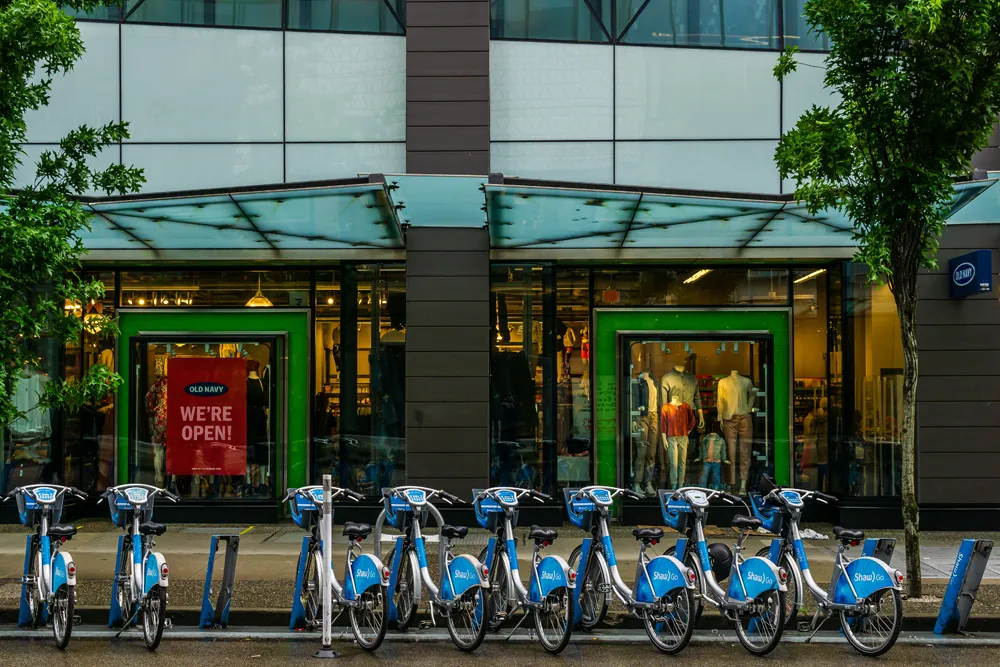
“When we work with technology providers, we are working together to get that win-win,” says Carlos Braceras, UDoT executive director. “We have very specific goals. We have a goal of zero fatalities - so we say zero fatalities, zero crashes, zero injuries on our highway system. When I look at the future of transportation, when I look at doing things like connecting vehicles, connecting them to our infrastructure, I see this as that incredible inflection point in transportation that is going to drive us toward zero fatalities.”
To achieve this vision, Panasonic will help UDoT install intelligent sensors along selected sections of highways: 40 sites in the first phase, along with a fleet of 30 state-owned vehicles, all designed to help traffic flow more smoothly. The idea is to grow to 220 installations and up to 2,000 vehicles.
“We believe that connected vehicle technology, coupled with vehicle automation, has the potential to save lives,” says Blaine Leonard, UDoT’s transportation technology engineer. “We see the partnership with Panasonic as a significant scale-up, leveraging what we have already done to build a broader connected vehicle system to achieve improved safety and enhanced mobility.”
Data ecosystem
There are four primary components to the work, which is internally known as the ‘connected vehicle data ecosystem’ project.
1) additional deployment of roadside communication technology, based on DSRC communication;
2) deployment of technologies in fleet vehicles to extract the wealth of data provided by vehicles;
3) building a variety of Vehicle to Infrastructure (V2I) software applications to leverage the data;
4) creating a cloud-based data analytics, processing and storage system.
“From our current experience, we know that a few vehicles can generate large quantities of useful data,” says Leonard. “When we expand to hundreds, and ultimately millions, of vehicles, we know the scale of the data side of this effort is unprecedented. Panasonic will help us navigate this new opportunity.”
Leonard, co-chair of the AASHTO Connected and Automated Vehicles Committee and member of the V2I Deployment Coalition, says that the project is going to build some V2I applications, although no use cases have yet been specified. “In this initial phase, we are looking broadly across UDoT to identify needs and opportunities, and will use that information to determine which applications to build,” Leonard explains.
A major attraction for UDoT is Panasonic’s status as a Tier 1 automotive supplier. “Many people don’t understand their history with the automotive industry, but they are very involved in providing electronic components in automobiles,” Leonard continues. “For connected vehicle technology to be successful, it needs both the road operators and the vehicle industry to be committed and synchronised. This is a new paradigm in transportation, where these two sectors need to align - something that hasn’t really been needed in the past. We believe that Panasonic can link us to the automotive sector in this work, and bring them to the discussion.”
Open architecture
UDoT has no other partners in the current arrangement, but expects Panasonic to bring in some from its side of the table: the company has already been working with Colorado DoT (see ‘Rocky mountain way’, ITS International November/December 2018), as well as car makers, technology suppliers and other vendors.
The open architecture of Panasonic’s Cirrus data network means that, in theory, other DoTs as well as third-party developers will be able to coordinate with UDoT and connect their own applications to address critical operations, safety and maintenance needs on Utah’s roads.
The headline financial figure of the partnership is $50 million, but Leonard is careful to unpick the numbers, explaining that the contract with Panasonic is worth $8m for the first phase of the work. “As the project progresses and shows value, UDoT will use our normal funding processes to allocate funds to future phases,” he says. “We anticipate five phases over five years, with a potential total value of about $50 million.”










